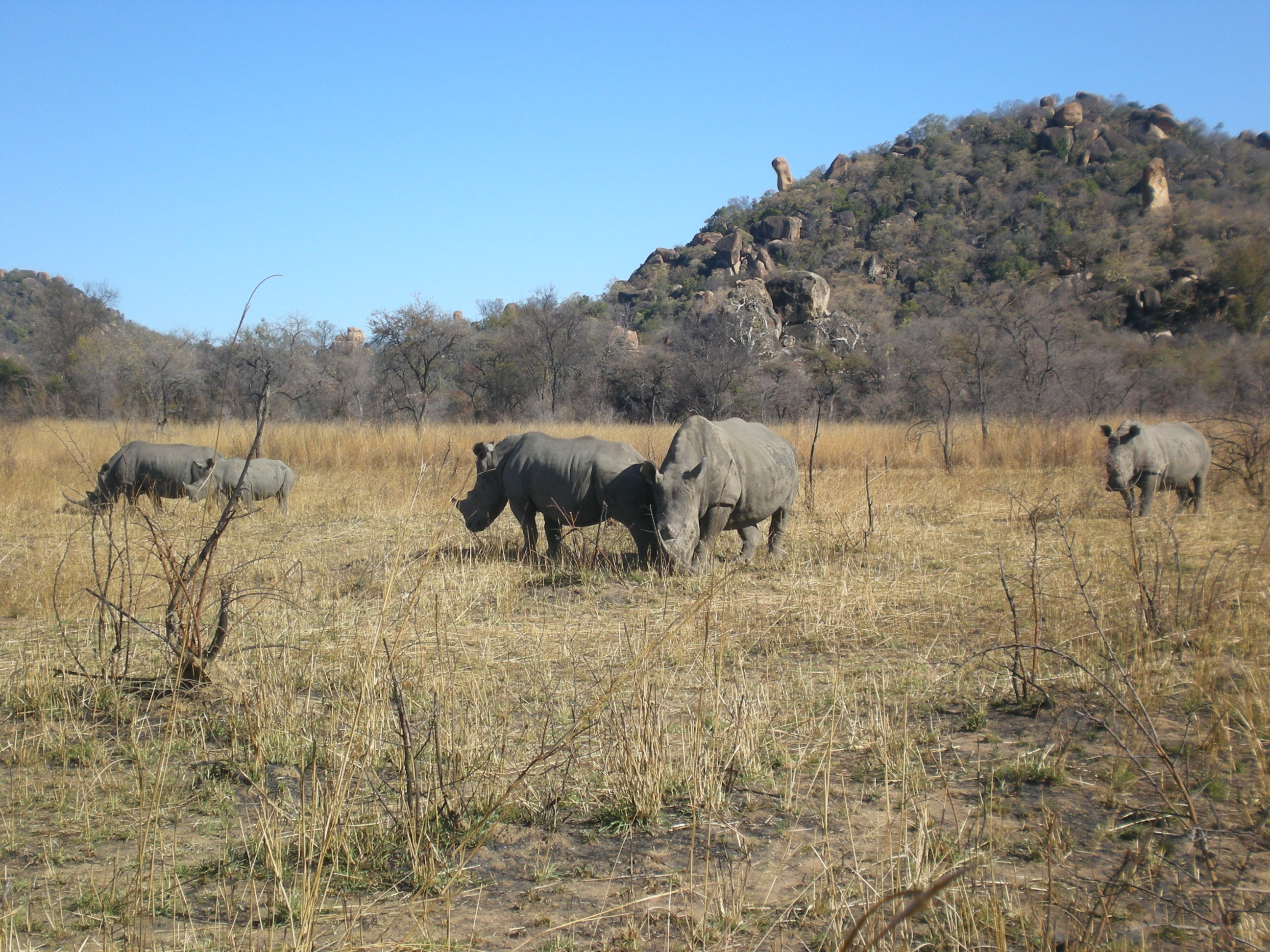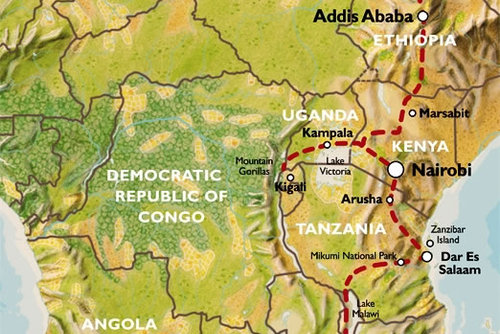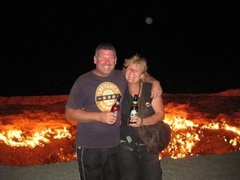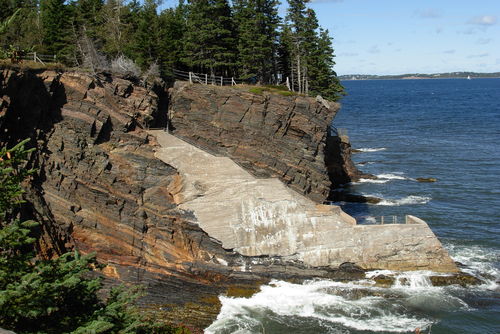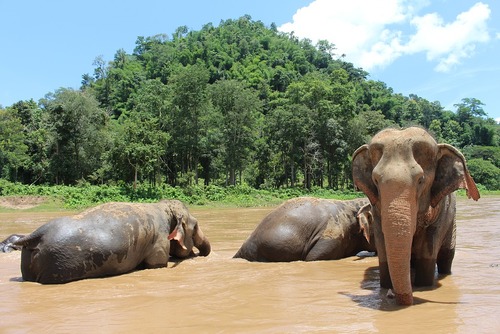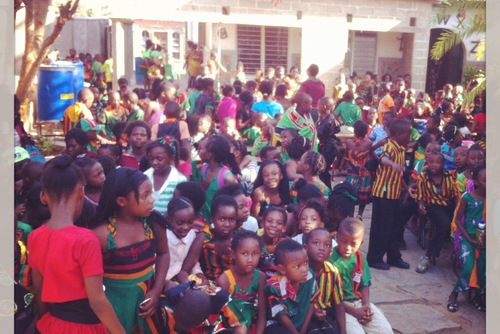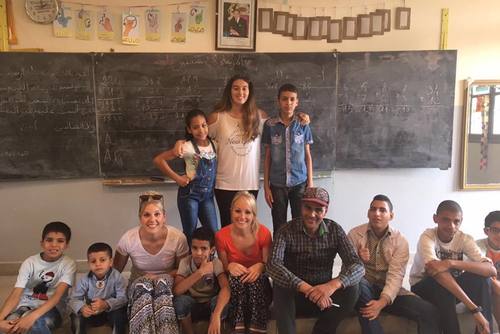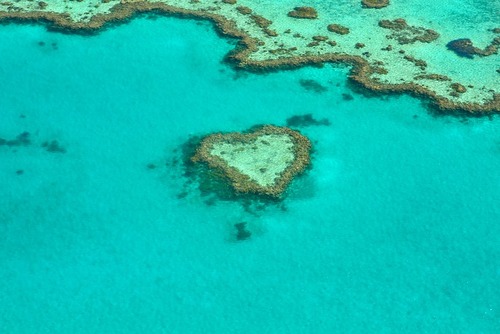Jon Provan from the UK recently booked a tour with Oasis Overland and went rhino trekking which turned out to be a no holds barred experience on the road seldom travelled. Here he shares his experience and why you should do something similar.
“If we get charged today, remember not to run away”, Andy distractedly advised us as he loaded drinks into the back of the pick-up truck. We laughed nervously. He suddenly became more serious as he stopped what he was doing and looked at us directly. He then announced dramatically, in his broad Zimbabwean accent, “No, seriously. I don’t want anyone to die today” before finishing up and starting the truck. This was going to be a day on safari, Zimbabwe-style.
We had been on our tour of Africa by now for about two months, and in the famous Serengeti and Ngorongoro National Parks in Tanzania had experienced the conflicting emotions of being exhilarated when stumbling upon some exotic wildlife, before rapidly becoming deflated as we realised we were one of a number of 4x4s in the vicinity, each filled with tourists clicking away on cameras of a frankly boggling size, often whilst making inane and unnecessarily loud comments.
I remember one occasion in particular when, upon seeing a troupe of baboons scramble past – which we had come to realise were more of a pest in sub-Saharan Africa than something to be photographed for posterity – a rather rotund man with a camera lens the size of a medieval weapon and a wonderful, if clichéd, cowboy hat, call over in a noxious Texan drawl to his buddy in a nearby vehicle, “Hey Paul, what is it?” to which his similarly proportioned pal replied “I don’t know, some kind of fucking monkey.” The circle of life, this was not.
Matopos National Park, south of Bulawayo, Zimbabwe’s second largest city after Harare, would provide none of this, but instead a day of looking for white and black rhinos on foot with a local guide who possessed an encyclopaedic knowledge of the area, as well as a familiarity with the wildlife to the extent that he could tell us which rhinos were more aggressive than others (“Oh Christ, this one chased me up a tree a few weeks ago”).
Adding to the excitement was that we were in Zimbabwe. All the other overland trucks didn’t dare venture here, preferring instead to cut across Zambia on their way south. But we’d braved it (or, rather, Oasis Overland had braved it and we didn’t have much choice), and were rewarded with a genuine ‘off the beaten track’ experience.
We spent one full day rhino trekking in mid-August, during the dry season. Picked up from our campsite on the edge of town, it took just over an hour to get to the park entrance, where we met Andy and the drinks. Dressed in that unique outfit seemingly sported by all white African men – khaki shirt, khaki shorts, thick socks, walking boots – Andy introduced himself, before giving us his ominous warning about not running away.
With that, and without saying a word, he produced from his bag an enormous shotgun, loaded it, and popped in next to the driver’s seat. After a brief discussion with a bored-looking park official stood by the gate, which was adorned with a ‘Poachers Will Be Shot’ sign, we were off.
Andy, we discovered, was by trade a rhino tracker. His job was, simplistically, to work out where the rhinos were and when the tourists turned up take them to them. He was grumbling that his boss told him that he had to wear shoes when he was working with clients, and that he had been in the park for three days without shoes and didn’t see why he had to put them on now. Given he was brandishing a shotgun, we agreed with him enthusiastically. Nevertheless, his boots remained on.
“The first thing to do when you’re looking for wildlife in the bush”, he bawled over the noise of the engine to those of us precariously perched behind him on rickety seats, “is to read the newspaper.” We looked at one another quizzically. “Do you know what I mean?” We shook our heads. Andy grinned, and in a move greeted by our terror, launched open the driver’s door and started peering at the side of the dirt track we were careering along.
“You see? No cars come along this road, so we can see all the footprints. You can see the direction they’re going, and the ones on top are the newest, obviously.” He was right, we noticed the side of the road was peppered with a variety of tracks, our first hint at how full of life this thriving park was; potential poachers must have heeded the signs.
After a short while, during which we were relieved to see our guide redirect his attention to the less-than-perfect road ahead, the truck came to an abrupt halt, and Andy leapt out, beckoning us to follow him. We found ourselves in the middle of the road, surrounded by waist-high bunches of dry grass and thorny acacia trees above which towered large rounded rock formations. The vegetation was withered, and the road dusty, but the place felt alive.
The birds sang exotically, the sky was an enormous spread of rich light blue. There were no other people around. “These are rhino droppings” he announced, pointing at what seemed to us to be a large pile of dirty straw in the middle of the road. He bent down and patted it. “It’s still quite warm, so it’s pretty fresh.”
He picked a bit off and sniffed it. “Yes, really fresh. About twenty minutes ago.” Andy wandered back along the road, and brought to our attention a mark in the sand. It seemed fairly innocuous, the kind of thing you’d never notice, an oval imprint with rough edges.
“We blew this one out a bit when we drove along, but it’s quite new. It’s a male rhino. He was going in that direction,” he declared, pointing into the bush. “We’ll go and have a look eh?” As he strolled past us he added, with a smirk and a wink, “I’d best get the gun, just in case.”
We delved into the bush, walking single file. We were excited, but there was also a palpable sense of apprehension. Were we really walking into the bush, knowing that a rhino walked along here not twenty minutes ago? All of a sudden I craved the relative security of a Toyota Land Cruiser and a brash Texan to scare everything off with his loud speculations.
After about fifteen minutes walking in various directions, stopping every now and again as Andy looked about and listened carefully for something, he stopped and turned to face us, beaming excitedly. He gestured that we should walk around a cluster of trees and then stop. As we did so one by one they appeared to us: in a large clearing five white rhinos were grazing, stoically making their way across the clearing.
We were thrilled. Our first rhino sighting in Africa and they were so close we could hear their footsteps in the soft grass. We stood enthusiastically snapping away – with shutter noises off – enjoying the moment, sharing this clearing with these incredible creatures that seemed to come from another age.
They barely seemed to notice us; except for the occasion grunt they appeared happy enough to continue with their grazing. We felt oddly secure, our earlier worries apparently unwarranted. A dangerous assumption.
Andy drew our attention to the male nearest to us, suddenly no more than twenty yards away, who was repositioning his body to face us. “He’s clocked us, but we’re ok here, everyone stay calm, he’s just curious.” Of course, when someone tells you to “stay calm” your immediate subconscious reaction is to do exactly the opposite.
As the rhino, known to our guide (this was the one that chased him up a tree), began to face us, we all felt a brief moment of terror as he stared directly at us, and started to move forwards.
For a brief moment, I am convinced, he looked directly into my eyes, and continued to walk towards us, now about fifteen yards away. I felt my stomach drop, everyone was silent, the tension oppressive. We weren’t supposed to run, so what were we going to do? Nonplussed, Andy brazenly stepped towards him and cocked the gun.
The click had an immediate effect, as the beautiful beast turned and jogged off. The moment, as enthralling and astonishing as it was terrifying, had passed. This was the kind of thing you imagined when you thought of Africa. Andy turned back and said with a big grin, “I’ve got a cool job, haven’t I?”
Yes, he does, and he’s good at it. Through the day we were lucky enough to see three separate groups of white rhinos, and stumbled across one black rhino crossing the road as we left the park.
Our guide’s knowledge was only surpassed by his enthusiasm and as we cracked open a beer upon leaving the park we all felt that adrenaline that comes with being stared out by a wild rhino less than twenty yards away, on his turf, start to subside and we began to look over our photos from the day.
This is what safari should be, but, thanks to mass tourism, usually can’t be. In the Serengeti you don’t get out of your vehicle, with good reason. Imagine the damage that would be done by thousands of unrestricted tourists cavorting around. Our friend Paul would probably have tried to pet one of the ‘fucking monkeys’.
No-one goes to Zimbabwe – that day we were the only entrants into the whole park – so the reward is that you get unrivalled experiences with prehistoric endangered animals that the tourists stuck in traffic jams in Tanzania don’t.
Yet herein lies a moral dilemma: the reason a safari tour in Zimbabwe is so good is because the country is politically and socially in such a dire state. Andy mentioned to us on the way back that we were his only tour group that month.
The solution is not easy, but as gap year travellers we do have a role to play; by including Zimbabwe on your itinerary and spending your time and money in the country wisely – supporting local tour companies who use local employees – you can enjoy some of the best wildlife spotting in the continent in peace a quiet, whilst helping out people who need it.
But please, don’t tell everyone, or we’ll end up sitting in traffic, listening to Paul.
By Jon Provan
Jon booked tours in Zimbabwe as part of the Oasis Overland Coast to Coast trip, which runs from Nairobi to Cape Town. The day of rhino trekking was run by Black Rhino Safaris, based in Bulawayo. If this experience sounds appealing to you consider going to volunteer in Zimbabwe.

